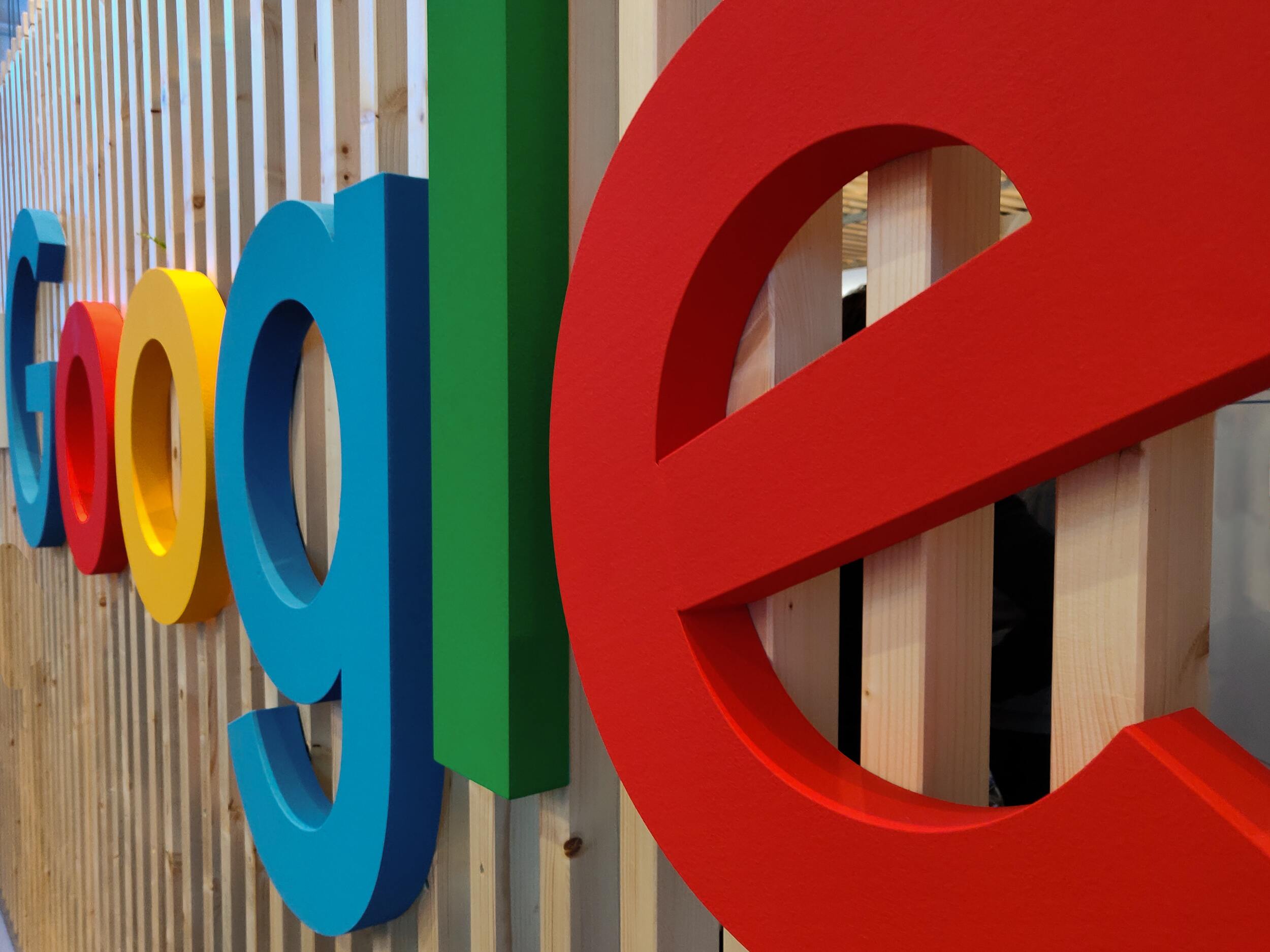Google Algorithms to Remember When Writing Content

2017.08.19
Google reshaped the landscape of the web when it first introduced its core search algorithm system. Straight out of the gate, this algorithm produced the most relevant and valuable search results and made them easily accessible for millions of web users. This cutting-edge search formula ingeniously cataloged the insane amount of pages spread across the World Wide Web and determined the value and quality of links to each site.
From the start, Google’s method for ranking and displaying search results returned the highest-quality links, the likes of which were unmatched by any competing search engine. The algorithm was so good at quickly providing relevant links that the company’s name became synonymous with the act of performing a web search.
As the success of Google’s search algorithm transformed the web search engine into a giant tech business, web users began to take note of how valuable real estate was on the engine’s first results page.
As soon as businesses and online entrepreneurs began to see dollar signs in the search results, hordes of users began to game the system. Content farms began churning out loads of keyword-stuffed content with little to no actual value. Low-quality links were mass produced and directed at sites hoping to top the search engine results page.
These shady SEO tactics pushed Google to make some changes in the search algorithm. These shifts in the search results formula went by such names as Panda, Hummingbird, and Penguin. With each algorithm change, Google maneuvered to outsmart SEO businesses that employed unscrupulous tactics to reach the top of search results.
Even today, Google consistently molds its search formula to make results as organic and relevant as possible. In the early days of Google, algorithm changes seldom came about. Today, search formula shifts happen hundreds of times each year. This creates a unique climate for content creation. In its attempt to fight low-quality content, Google algorithm updates have increasingly given weight to valuable content. You should keep in mind a few algorithm penalties when crafting your content so that you can avoid a drop in your search rankings.
Manual Action Penalty
A manual Google penalty is action taken by Google to demote or completely remove pages and sites from search engine results pages. Google takes manual action when it sees a violation of quality guidelines. Typically, sites will experience a downgrade for minor violations of the guidelines and a removal for particularly malicious infractions.
A manual penalty happens outside of the algorithmic world of Panda, Penguin, Hummingbird, and the like. Googlers carry out these downgrades and removals as opposed to the algorithms.
These penalties can be assessed for things like user-generated spam, deceptive back linking, or outright spamming in content and throughout the site.
Google Panda Penalty
Google launched its Panda update in 2011. This shift to the engine’s core search algorithm was designed with the aim of pushing sites with high-quality content higher in the search results and demoting those sites with lesser quality.
While it’s not widely known exactly what elements the Google Panda algorithm uses to decide the ranking of a site, it’s well accepted that Panda focuses on the quality of a site rather than links directed toward a page. When the algorithm views a site as low in quality, the URL can be hit by a Google Panda penalty.
A Panda penalty can have drastic consequences on your ranking, causing it to drop dramatically in the search results practically overnight. There are a few signals that indicate you likely have been dealt a blow by Panda.
Abrupt drops in your site traffic are a strong sign that you may have a problem with Panda. You may have an issue if your SEO efforts appear to be having no effect on raising your lowered ranking. You can also take a look at the Webmaster tools menus to ensure there is nothing noted under manual actions. Panda penalties are algorithmic and, therefore, will not show up here. If you see a notice under this field, you likely have issues unrelated to Panda.
While the exact elements that help Panda decide on quality are not known, it’s clear that quality is the main aim of the algorithm shift, so it’s a safe bet to focus on creating the best possible page for your visitors. There are a few known areas to focus on where obtaining a Panda penalty is most likely.
1. Google Penalty for Duplicate Content
Duplicate content can be a quality killer in the eyes of Panda in multiple ways. If your site is packed with content that is carbon copied from outside sources, your quality will take a major hit. Google’s algorithm is decent at sniffing out copied content. If your site and blog are filled with content that you’ve found elsewhere on the web, your URL will likely be hit with a Google Panda penalty for low quality.
The silver bullet to this problem is simply creating great original content. You can keep Panda happy by posting creative and new pieces that deliver real value to readers that they can’t find anywhere else on the web.
Duplicate content can also be an issue from page to page within a site. This is a common occurrence on e-commerce sites with large amounts of product listings. If each product has multiple pages for color or size variations, this can cause some quality issues. Each product page will practically be the same. Panda will view this as duplicate content.
One way to keep on-site duplicate content from harming your site quality is by using the canonical tag. By placing the canonical tag in the HTML code of a page, you will essentially tell Google that two URLs are equivalent to one another.
It’s inevitable that some duplicate content is going to end up on your site. The key is minimizing this content and keeping any remaining duplicates out of the Google index by utilizing the correct tags in your HTML. You can check for duplicate content in the Google Webmaster tools and take the steps to avoid a duplicate content Google penalty.
2. Irrelevant Content
Irrelevant content can also be an issue that results in a Panda penalty. When a page doesn’t offer the content that users expect to find when they click a link, they often leave the site. In these cases, a site does not deliver the promised solution or answer to a searcher’s problem. Outdated content on certain topics can also be irrelevant and leave readers feeling unsatisfied.
3. Negative User Signal Penalty
User signals are a big indicator for Google in determining a site’s quality. Negative signals can mark a site as low quality in the eyes of Panda and result in a penalty. There are a few main negative user indicators to watch out for if you want to avoid upsetting Panda.
- Click Rate
A lower click-through rate can signal trouble as far as Panda is concerned. This issue can indicate that your link doesn’t deliver what the searcher is on the hunt for. Properly written meta descriptions can convince searchers that your link offers just the content they’re looking for.
It could spell trouble with Panda if your site has a high number of users clicking through to your page and then returning immediately to the results page. This can indicate that users immediately realized your site didn’t offer the content they were looking for and can cause you to take a hit in quality points.
How to Bounce Back from a Panda Penalty
A Panda penalty can be devastating to your site’s SEO efforts and can set you back for months. Luckily, there are steps you can take to get back on the path toward the top of the results page. Panda goes through a refresh about each month. In the past, these refreshes were made public. However, that only happens today if a major shift in Panda is occurring.
When Google refreshes Panda, it goes through every site on the web and reevaluates the quality levels. Under a refresh, the same quality criteria to downgrade your site’s search positioning are used. Any changes you’ve made to improve the quality of your site through the removal of things like duplicate and irrelevant content should result in an improvement after a refresh.
A full improvement in ranking after a Panda hit can take more than one refresh for larger sites with massive amounts of pages. Because of the size of the site, it may take Google quite some time to recrawl all of your pages and take note of the improvements to your content.
Periodically, Google will implement a full update instead of simply refreshing the Panda algorithm.
During a full update, Google makes improvements and alterations in the quality criteria. This means that when Panda is updated, it may shift its views on what it sees as high quality and what it doesn’t. Staying abreast of the algorithm changes is essential to ensure your content still delivers value.





